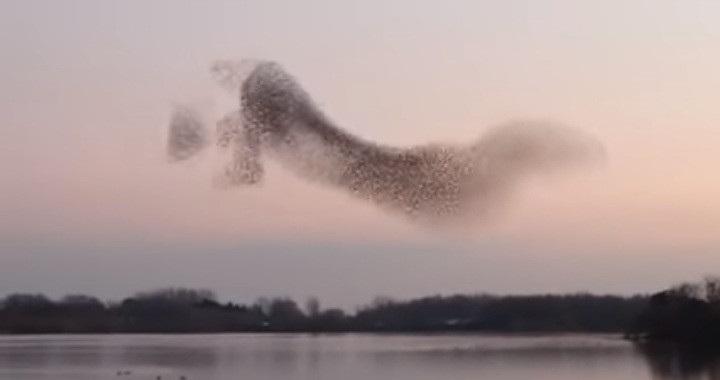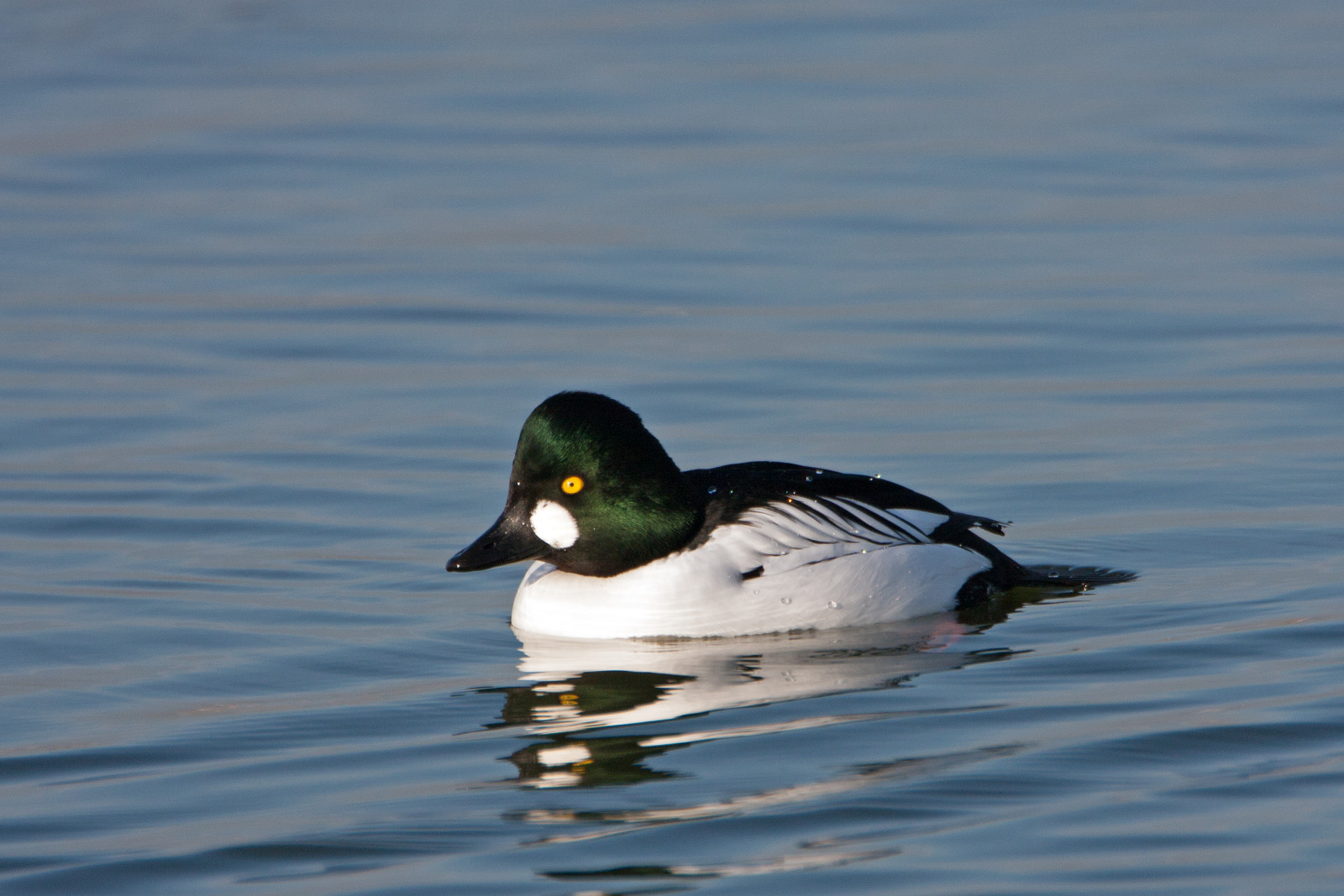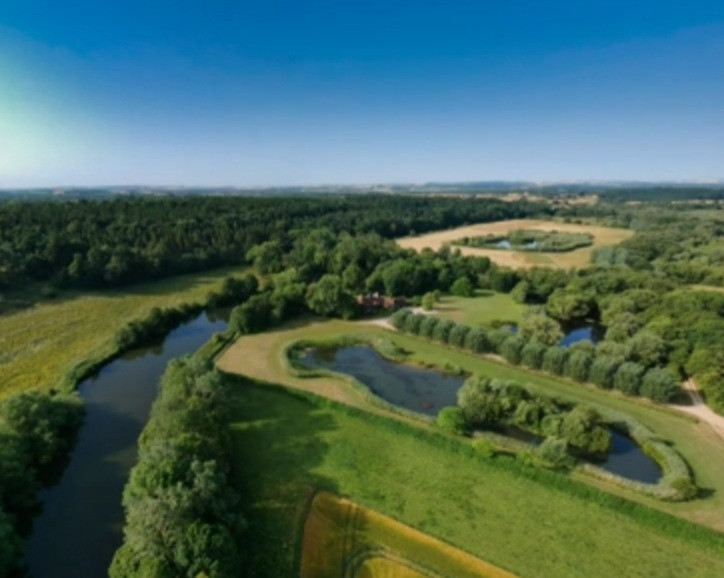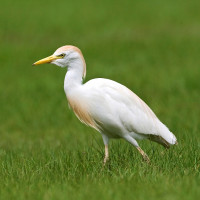Descrizione
In the 1990’s gravel was extracted from this area of farmland. When extraction was completed in 2000, it provided an opportunity to create new nature areas next to the River Thames. Now there is a mosaic of wetland habitats. Over 170 species of bird have been recorded. In winter you can see Storno murmurations at Dix Pit, a mile south of Stanton Harcourt. A small flock of Fistione turco also lives in the area. Winter wildfowl include Moretta grigia, Quattrocchi, Codone and Lucherino. Airone guardabuoi, Airone bianco maggiore, Falco di palude and Lodolaio sighted in July 2022 at Stanton Harcourt pit 60 (southernmost pit, nearest to the Thames).
Dettagli
Accesso
Limited car parking at Standlake church and Post Office. Car Parks at Rushy Common, Tar Farm and Dix Pit. Click on a P in the map yo get directions to the parking of your choice.
Terreno e habitat
Zona umida , Prateria/pascolo , Alberi e cespugli sparsi , Fiume , Lago , Canneti , Terreni coltivatiCaratteristiche dell’area
Terreno piano , Acqua alta possibilePercorso ad anello
SiÈ utile un cannocchiale?
Può essere utileBuona stagione per il BW
Tutto l'annoMiglior periodo per visitare
EstatePercorso
Strada asfaltata , Strada sterrata , Sentiero ampio , Sentiero strettoGrado di difficoltà del percorso a piedi
FacileModalità di accesso
A piedi , Macchina , Barca , BiciclettaCapanno/torretta di osservazione
SiInformazioni aggiuntive
There are two bird hides at Standlake Common. Keys for these hides are available for purchase from the project office. For further information about how to obtain a key to access the bird hides contact: Lower Windrush Valley Project, Countryside Service, Signal Court, Old Station Way, Eynsham, Oxon OX29 4TL Tel: 01865 815426 Email: lwvp@oxfordshire.gov.uk.





